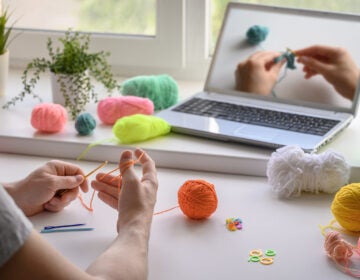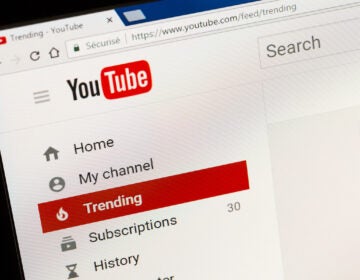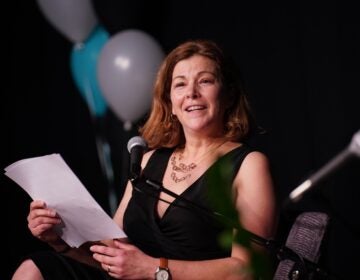Psychics, ghosts, auras, and the UCLA research lab that studied it all
In the 1970s, UCLA housed The Parapsychology Lab, which became a haven for those with psychic abilities and the researchers who studied them.
This story is from The Pulse, a weekly health and science podcast. Subscribe on Apple Podcasts, Spotify, or wherever you get your podcasts.
Find our full episode on paranormal phenomenon here.
It was the 1970s, and the University of California, Los Angeles was being celebrated for having an impressive men’s basketball team and for being ranked the number one public university in the U.S. — but behind these accolades, the campus was home to stranger things.
Tucked away in the university’s Neuropsychiatric Institute was a tiny and unfunded research lab, studying psychic abilities such as clairvoyance, telepathy, and psychokinesis.
The Parapsychology Lab was thought of as a quirky passion project, a small place for people to experiment with the unknown. But when those inside the lab took their research seriously, their dedication simultaneously fueled the lab’s popularity and its demise.
Humble beginnings
At the center of the lab was the psychologist who led it: Thelma Moss.
Moss, born Thelma Schnee, walked an unusual path to academia. Beginning in the 1940s, she was an actress on Broadway, starring in shows like “The Corn is Green.”
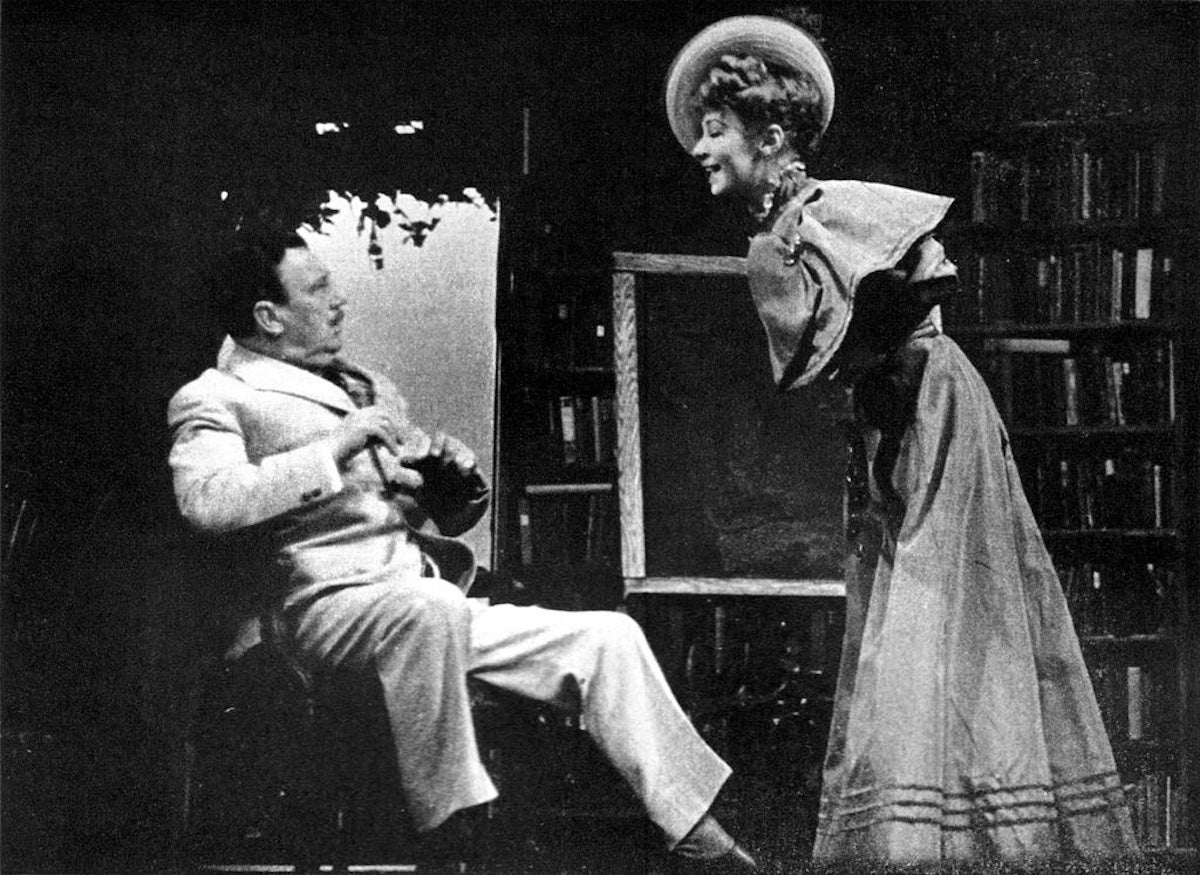
She later became a screenwriter, with the 1954 Alec Guinness film “Father Brown” being one of her biggest hits.
But Moss’ career came to a screeching halt in 1954 when her husband died two days after she gave birth to her daughter. After her husband’s death, Moss fell into a deep depression and attempted suicide twice; she then stumbled across LSD psychotherapy. One course of it later, she was completely anew.
Moss left her Hollywood career behind and obtained a PhD in psychology at UCLA. She began teaching there in 1966, and the following year, she opened The Parapsychology Lab.
The lab was unsanctioned — mostly surviving off of volunteers and private funds — and housed at UCLA’s Neuropsychiatric Institute, now the UCLA Semel Institute for Neuroscience.
A lab home to a few
It’s unclear who permitted Moss to open the lab, but the knowledge of it spread like wildfire.
Judith Orloff remembers the first time she heard about it at 19 years old. “It was like the sunburst through some dense clouds,” she said. “I didn’t even know anything like that existed.”
Orloff says as a young child, she had strong intuitive abilities — often feeling the energy of others around her and sometimes predicting their future outcomes. She remembers at just 9 years old having a premonition that a friend of her parents would soon die.
She told her parents, “I don’t get a good feeling about Eric. I think there’s something wrong. I think he might not be here very long.”
Orloff says a lot of her predictions were negative. She says today, it’s easy for intuitive children to pick up on bad energy. But her family often treated her as the bad seed.
Eventually, they instructed her to keep her premonitions to herself. By the time Orloff was a teen, she had no problem obeying — she wanted to bury her intuition altogether.
Like other teenagers, Orloff wanted to go to shopping malls and movie theaters without her intuition picking up negative predictions. But she soon realized that muting her premonitions was only possible with drugs and alcohol.
Subscribe to The Pulse
When Orloff drank or used drugs, she couldn’t pick up the energy she had once noticed from others. But after one night of partying, things quickly spun out of control. Orloff got in a horrible car crash in Los Angeles’ Topanga Canyon.
“After that experience, my parents felt like I was killing myself,” she said, “So they intervened, and they forced me to go see a psychiatrist.”
After many sessions with her psychiatrist, Orloff says, she told him about her abilities. To her surprise, her psychiatrist didn’t look frightened or prescribe her medication.
Instead, he referred Orloff to UCLA’s Parapsychology Lab. “‘You need to go over and meet Dr. Thelma Moss,’” he told her. “’Because she will be able to understand you more than I.’”
Barry E. Taff found the lab a few years before Orloff.
Taff, who was studying psychology at California State University at Northridge, and who also said he experienced psychic abilities, reached out to Moss after hearing about their work.
“I sent a letter, she didn’t respond,” Taff said. “I called her office and went to the switchboard, and left message for her. She never called me back. Then I ended up meeting one of her graduate students, and I was telling him about my experiences … so they set up a meeting a couple of weeks later at Thelma’s house in Beverly Hills.”
Inside the lab
The lab operated like any other research group on campus — only the researchers conducted experiments on telepathy and other psychic abilities.
Research assistants like Taff spent time researching an ability that later became known as remote viewing.
“The idea is simple,” Taff said. “If I’m here, you’re in LA, and I don’t know where you are, could I see things where you are, even when you’re not there to send me the information with a real mind?”
It’s like being a fly on the wall at a location, while still physically being miles away. Remote viewing went on to be a popular phenomenon that the Central Intelligence Agency and Stanford Institute studied during the same time period.
For volunteers like Orloff, they were able to practice their skills while also being test subjects.
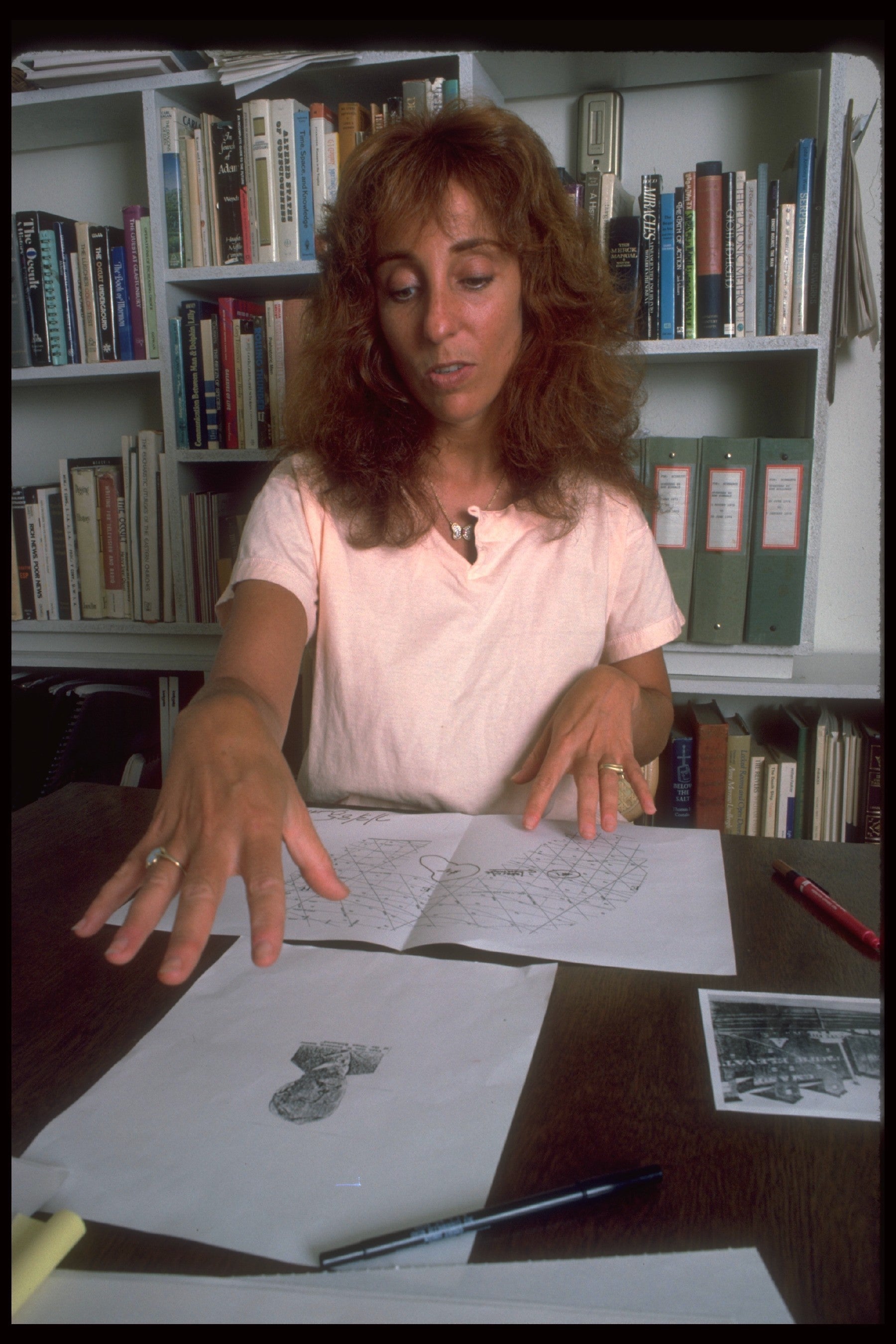
“And so I would sit, learn to sit with people, and just answer simple questions in myself,” she said. “How did it feel to be near this person? Did I get any gut feelings around this person? And if so, what were they? Did I get any images or flashes or knowings or aha hunches that came through or any body sensations?”
Taff says it was challenging to get their work peer-reviewed, but some work did make it into research journals.
The aura changes with the seasons
Taff says research at the lab shifted when Moss began to heavily study Kirlian Photography, a method of taking pictures that show a glowing energy or light around things like your hand or a leaf.
It’s not like a regular photo; it uses high-voltage electricity to create these images. People thought this glow was an aura, a field that reflected a person’s mood or health.
Moss wrote about it in 1970 after she returned to the lab from a visit to the Soviet Union, a nation that was also studying paranormal phenomena at the time. Moss thought this phenomenon could help researchers better understand a patient’s health, maybe even foreshadow the early development of illness.
Moss wanted to study this aura effect on plants, to ultimately see if the energy field changed throughout the year as the seasons changed.
Orloff remembers volunteering for this research, taking photos of leaves in a sensory deprivation machine, commonly used for Kirlian Photography.
“It would be in black and white,” Orloff said. “And what you would see is kind of bristly energy projections coming from your finger or the plant. And it would surround the plant. And sometimes it was full and vibrant. And sometimes it would just be minimal. And it didn’t look that strong.”
Moss published her findings in 1976, but even before that, Moss spoke about her theories and which gained lots of attention. She appeared on TV programs like The Outer Space Connection. Singer and actor David Bowie visited the lab and became a fan of her work.
Rolling Stone and LA Times photographer Heather Harris visited the lab with journalist Donald Strachan, and had their own fingertips photographed.

But those among the scientific community were skeptical, and they believed that science could explain this phenomenon. Experts argued that the “aura” were just patterns caused by ionized gases in the air, mostly influenced by moisture around the object.
More eyes on UCLA
While Moss had focused her studies on Kirlian Photography, Taff and another research assistant, Kerry Gaynor, were focused on something totally different: paranormal investigations.
Taff said it was common for people to call the lab, asking for them to look into a ghost sighting or just odd, unexplainable behavior.
One day, the two research assistants got involved with a woman named Doris Bither from Culver City, California. She said her home exhibited strange activity. Taff says they concluded that Bither was dealing with a poltergeist, a ghost or supernatural being, responsible for disturbances such as loud noises or objects being thrown around.
Taff and Gaynor were interviewed by local TV station KABC about it.
When one door closes …
By 1978, 11 years into the lab, Taff and Gaynor were still performing paranormal investigations, and Taff says Moss was still heavily interested in Kirlian Photography.
Taff doesn’t have proof, but he says he began to get the feeling that their work as a whole was gaining unwanted attention. What started off as a hidden passion project was making the news and gaining the interest of celebrities. UCLA, a well-known and prestigious university, was attached to it all.
“We knew we were living on borrowed time,” Taff said. “We knew it was inevitable that they’d shut us down.”
That time did run out when the lab was shut down that same year by Dr. Louise Jolyon West, who was head of the NPI at the time. But the work of those in the lab still lived on.
Moss continued her studies privately but suffered a cerebral aneurysm in the 1980s. She died in 1997 at the age of 79. And since then, the Phantom Leaf Effect by Kirlian Photography has been debunked.
Taff and Gaynor’s poltergeist case was made into a movie in 1981, called “The Entity,” starring Barbara Hershey. They served as consultants on set.
As for Orloff — the volunteer who found a home at this lab before its demise — she became a psychiatrist, and she has found a way to bridge her intuition and medical training into a holistic practice.
“If I sit with somebody, I listen to my gut,” Orloff said. “And I also listen with my linear mind. I have a great love of traditional medical knowledge. So my main interest in intuition and what I’ve learned … is for health and healing. It’s not so much to prove paranormal realities.”
WHYY is your source for fact-based, in-depth journalism and information. As a nonprofit organization, we rely on financial support from readers like you. Please give today.





